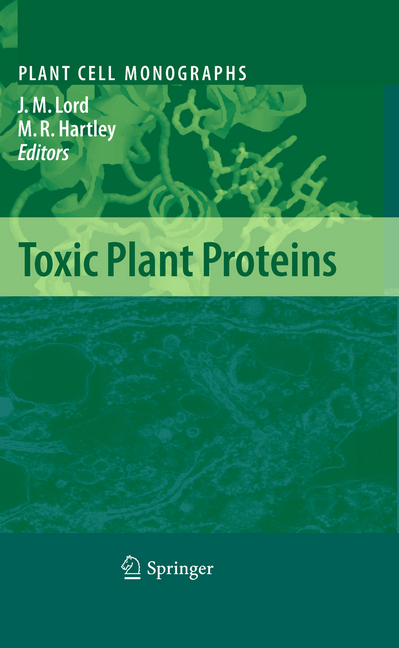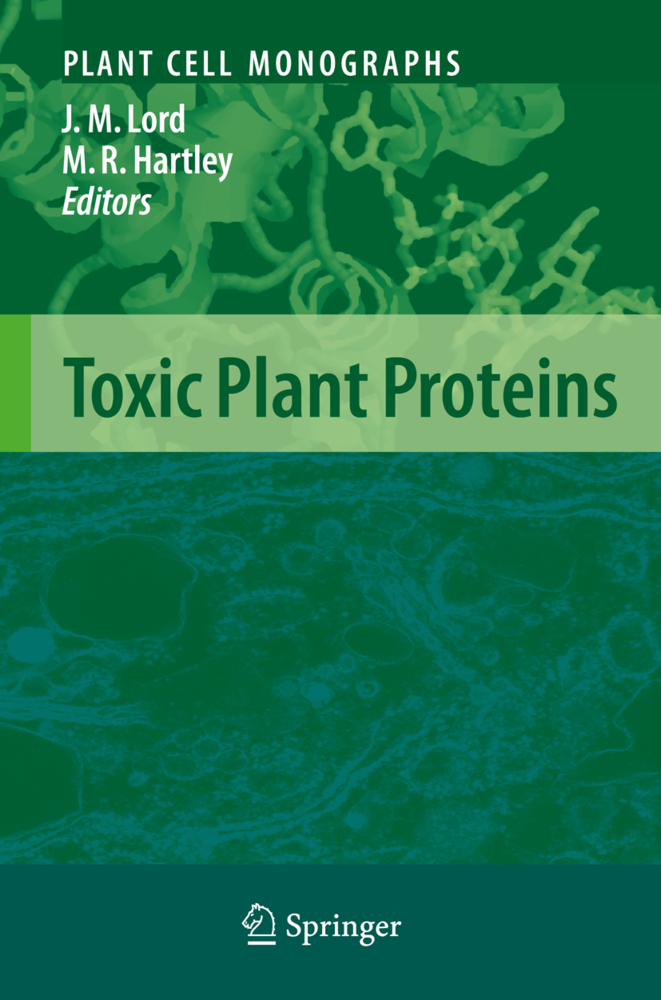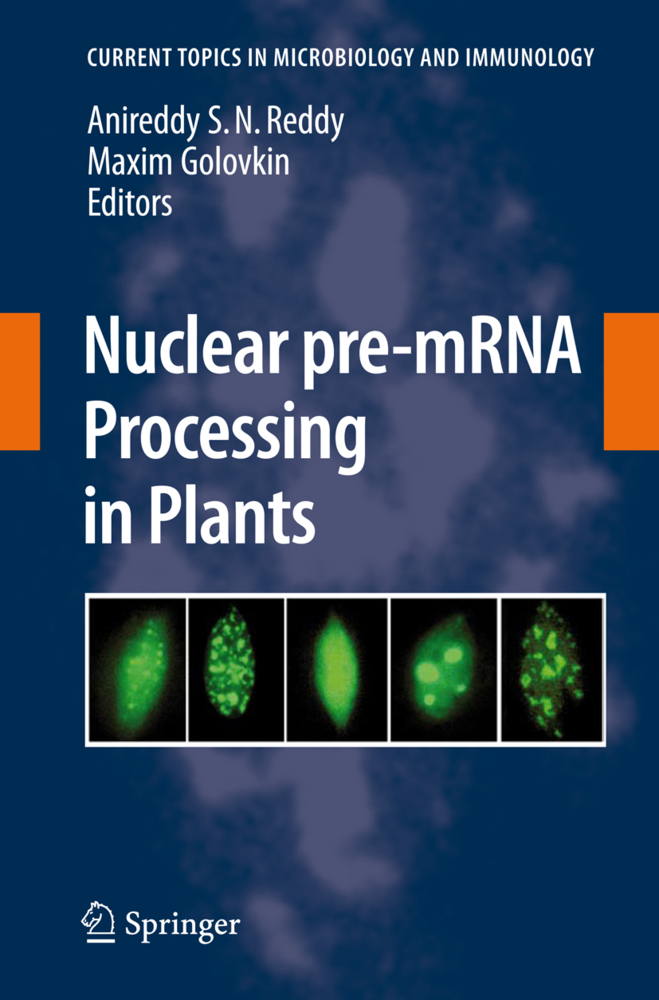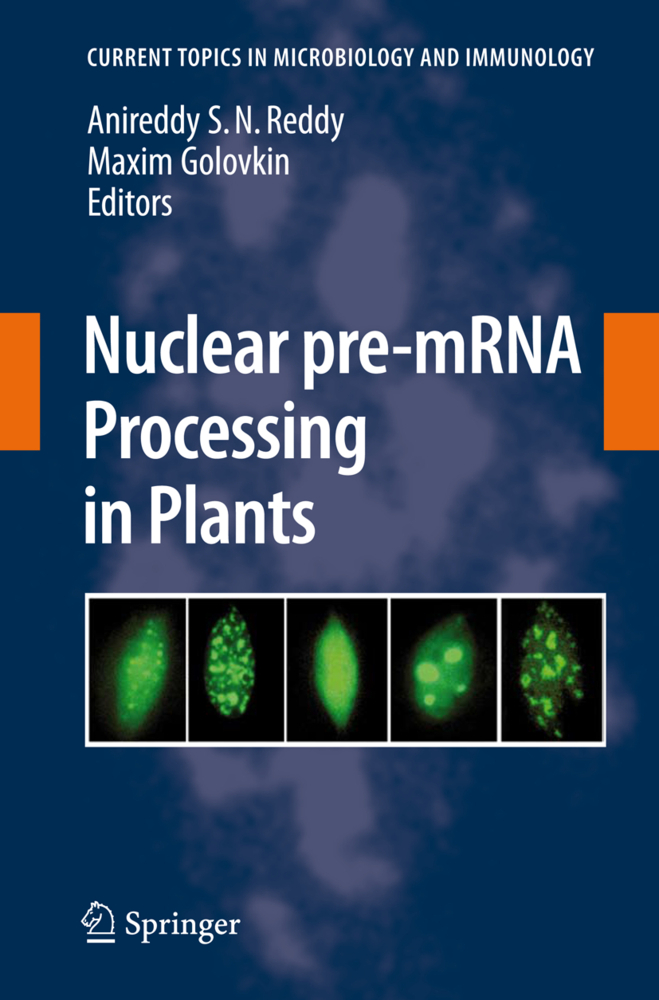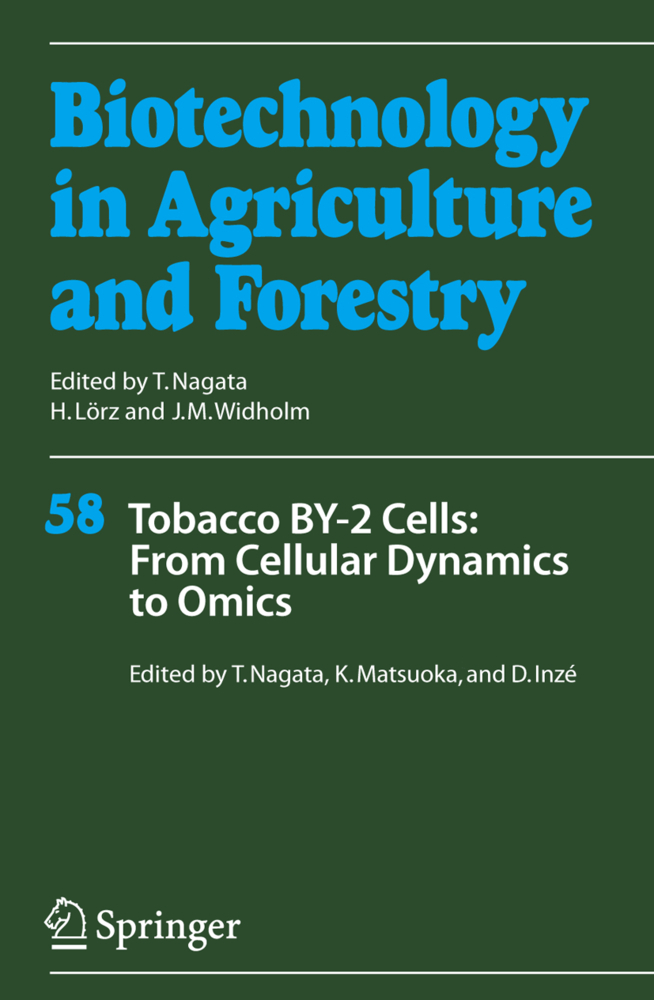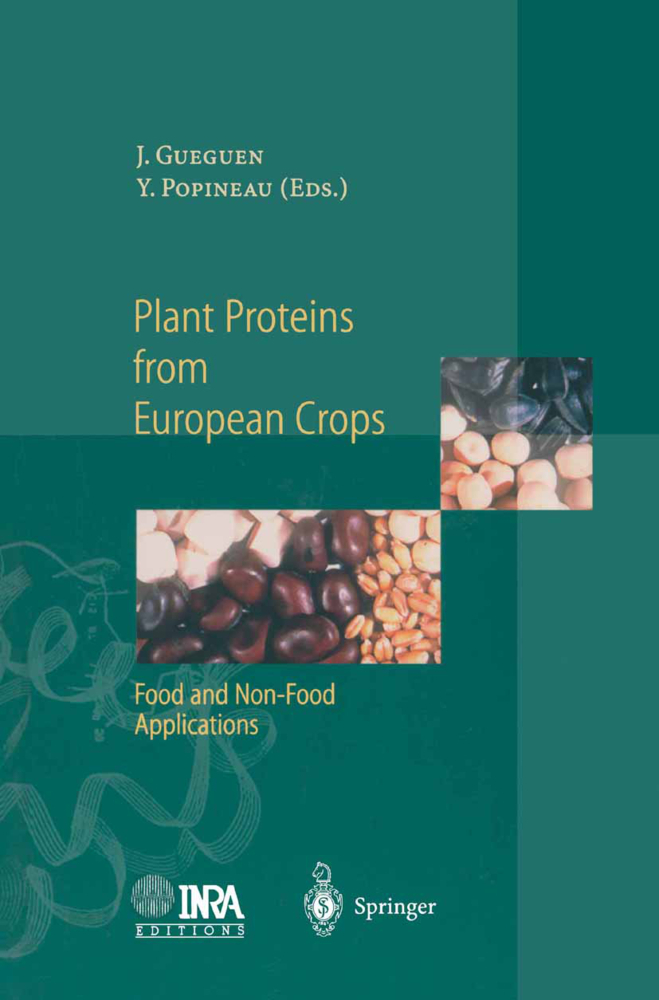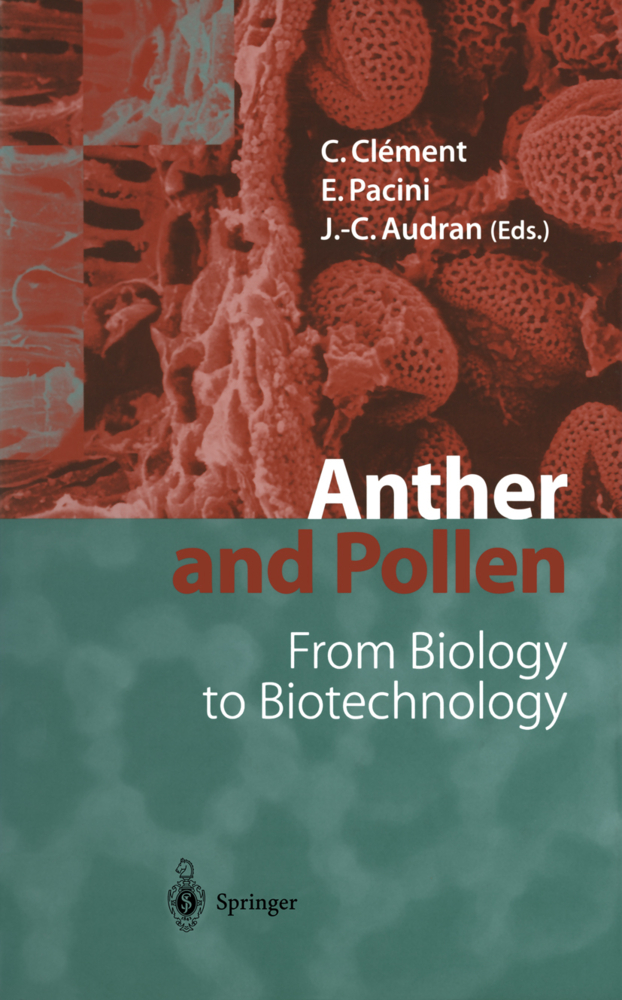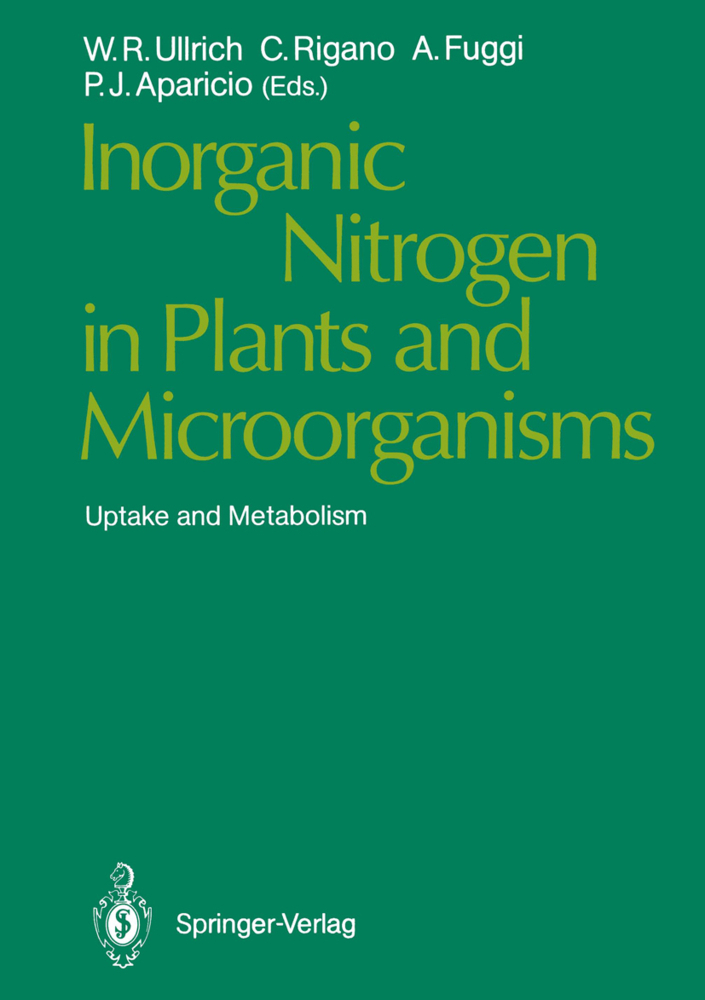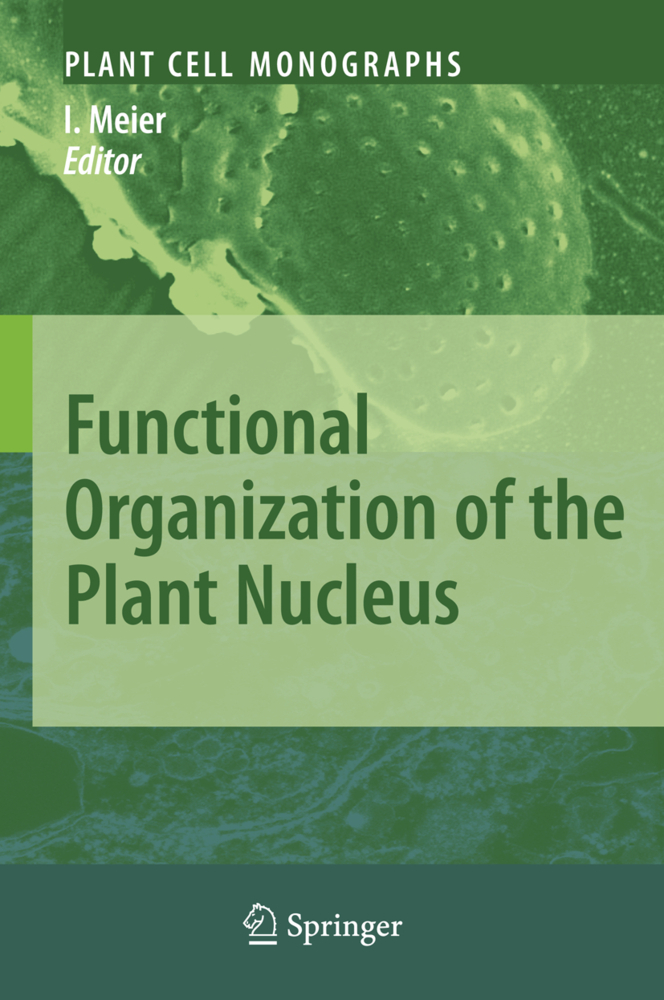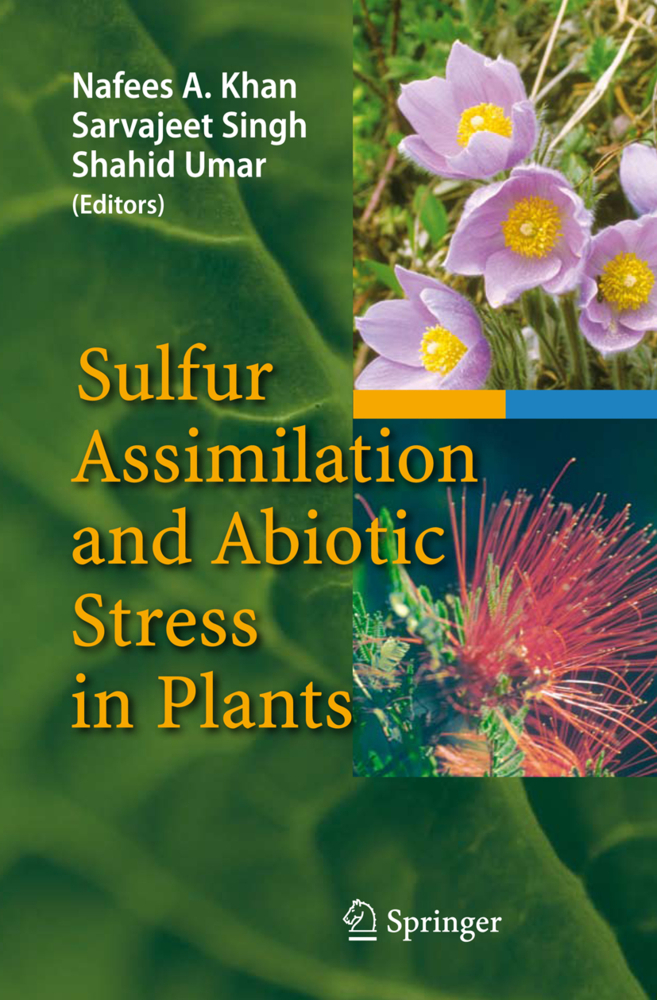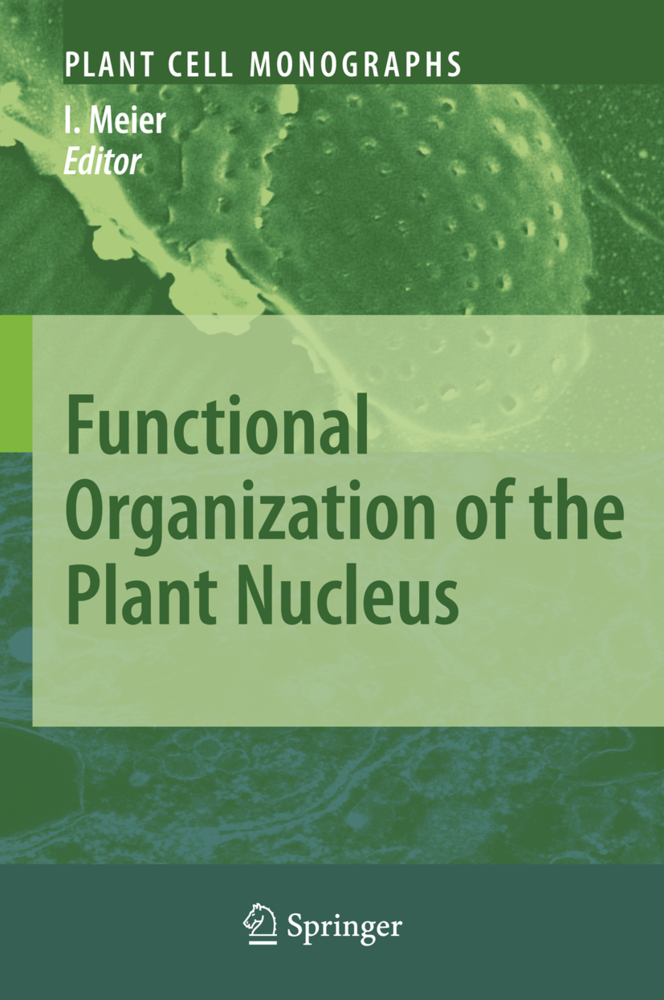Many plants produce enzymes collectively known as ribosome-inactivating proteins (RIPs). RIPs catalyze the removal of an adenine residue from a conserved loop in the large ribosomal RNA. The adenine residue removed by this depurination is crucial for the binding of elongation factors. Ribosomes modified in this way are no longer able to carry out protein synthesis. Most RIPs exist as single polypeptides (Type 1 RIPs) which are largely non-toxic to mammalian cells because they are unable to enter them and thus cannot reach their ribosomal substrate. In some instances, however, the RIP forms part of a heterodimer where its partner polypeptide is a lectin (Type 2 RIPs). These heterodimeric RIPs are able to bind to and enter mammalian cells. Their ability to reach and modify ribosomes in target cells means these proteins are some of the most potently cytotoxic poisons found in nature, and are widely assumed to play a protective role as part of the host plant's defenses. RIPs are able to further damage target cells by inducing apoptosis. In addition, certain plants produce lectins lacking an RIP component but which are also cytotoxic. This book focuses on the structure/function and some potential applications of these toxic plant proteins.
1;Editors;6 2;Preface;8 3;Contents;10 4;Evolution of Plant Ribosome-Inactivating Proteins;12 4.1;1 Introduction;12 4.2;2 General Overview of the Taxonomic Distribution of A and B Domains within the Viridiplantae;13 4.3;3 Overview of the Taxonomic Distribution of A and B Domains within the Magnoliophyta (Flowering Plants);15 4.3.1;3.1 ``Classical´´ Type 2 RIPs (AB proteins);15 4.3.2;3.2 Other Proteins with Ricin- Domains;16 4.4;4 Molecular Evolution of Type 2 RIPs;16 4.4.1;4.1 General Observations Concerning the Taxonomic Distribution of Type 2 RIPs and the Occurrence of Multiple Paralogs;16 4.4.2;4.2 Overall Phylogeny of Type 2 RIPs;17 4.4.3;4.3 Special Evolutionary Events: Gene Amplification and Generation of Type A and Type B Proteins from Genuine Type 2 RIPs;19 4.4.4;4.4 What is the Origin of Type 2 RIP Genes?;22 4.4.4.1;4.4.1 Origin of the B-hain;22 4.4.4.2;4.4.2 Origin of the A-hain;23 4.5;5 Molecular Evolution of Type 1 RIPs;23 4.5.1;5.1 Dicots and Monocots Other Than Poaceae;24 4.5.2;5.2 Poaceae Type 1 RIPs;27 4.5.2.1;5.2.1 O. sativa;27 4.5.2.2;5.2.2 Andropogoneae: Z. mays and Sorghum bicolor;28 4.5.2.3;5.2.3 Pooideae;29 4.5.2.4;5.2.4 Relationships between the RIPs from Poaceae and Other Seed Plants;29 4.6;6 What is the Relationship between Plant and Bacterial RIPs?;31 4.7;7 Chimeric RIPs Other Than Type 2 RIPs;31 4.7.1;7.1 JIP60 and Other Type AC Chimeric RIPs;31 4.7.2;7.2 Chimeric RIP with a C-erminal D Domain;34 4.8;8 Conclusions;34 4.9;References;36 5;RNA N-Glycosidase Activity of Ribosome-Inactivating Proteins;38 5.1;1 Introduction;38 5.2;2 Ricin as an RNA N-lycosidase;39 5.2.1;2.1 28S rRNA as the Target of Modification by Ricin and Other RIPs;39 5.2.2;2.2 RNA N-lycosidase Activity of Ricin A-hain;41 5.2.3;2.3 Other RIPs;42 5.2.4;2.4 Major Role of RNA in Protein Synthesis;42 5.3;3 Ribosomal Mechanisms Involving the Sarcin-icin Domain;43 5.3.1;3.1 Eukaryotic Translation Can Be Inhibited Strongly by Dysfunction of a Small Fraction of the Ribosome Population;43 5.3.2;3.2 Difference in the Modes of Action between a-arcin and Ricin;43 5.3.3;3.3 Substrate Specificity;44 5.3.4;3.4 Structure of the SRL;44 5.4;4 Ribosomal RNA Apurinic Site-pecific Lyase: Intrinsic Stability of the Ribosome;46 5.5;References;48 6;Enzymatic Activities of Ribosome-Inactivating Proteins;51 6.1;1 Introduction;51 6.2;2 Action of RIPs on Ribosomes and rRNA;52 6.2.1;2.1 Site of Modification by RIPs;52 6.2.2;2.2 Structural Requirements in Ribosomal RNA for RIP Action;53 6.3;3 Polynucleotide:Adenosine Glycosidase Activity;56 6.3.1;3.1 5 Cap-ndependent Activity;56 6.3.2;3.2 5 Cap-ependent Activity;57 6.4;4 DNA Lyase;59 6.5;5 Bifunctional Enzymes with RIP Activity in Which the Non-IP Activity Acts on Non-ucleic Acid Substrates;59 6.5.1;5.1 Lipase;59 6.5.2;5.2 Chitinase;60 6.5.3;5.3 Superoxide Dismutase;60 6.6;6 Conclusions;61 6.7;References;62 7;Type I Ribosome-Inactivating Proteins from Saponaria officinalis;65 7.1;1 Introduction;65 7.2;2 Saporin Multigene Family and Saporin Isoforms;66 7.3;3 Saporin Biochemical Features;68 7.3.1;3.1 Saporin Structure;68 7.3.2;3.2 Saporin Catalytic Activity;71 7.3.3;3.3 Residues Important for the Catalytic Activity;72 7.3.4;3.4 Interaction with the Ribosome;73 7.3.5;3.5 Saporin Inhibitors;74 7.4;4 Saporin Trafficking and Toxicity in Eukaryotic Cells;75 7.4.1;4.1 Subcellular Distribution of Saporin Isoforms in Soapwort Tissues;75 7.4.2;4.2 Saporin Biosynthesis and Role in Planta;76 7.4.3;4.3 Intoxication Pathways in Mammalian Cells;77 7.5;5 Heterologous Expression of Saporin and Saporin Fusion Toxins;80 7.6;6 Conclusions and Perspectives;82 7.7;References;82 8;Type 1 Ribosome-Inactivating Proteins from the Ombú Tree (Phytolacca dioica L.);89 8.1;1 Introduction;89 8.2;2 RIPs from P. dioica L.;90 8.2.1;2.1 Isolation of RIPs from Seeds and Leaves of P. dioica;92 8.2.2;2.2 Basic Characteristics of RIPs from Seeds and Leaves of P. dioica;92 8.2.3;2.3 Differential Seasonal and Age Expression in Leaves;97 8.2.4;2.4 Cellular L
Lord, J. Michael
Hartley, Martin R.
| ISBN | 9783642121760 |
|---|---|
| Artikelnummer | 9783642121760 |
| Medientyp | E-Book - PDF |
| Auflage | 2. Aufl. |
| Copyrightjahr | 2010 |
| Verlag | Springer-Verlag |
| Umfang | 270 Seiten |
| Sprache | Englisch |
| Kopierschutz | Digitales Wasserzeichen |

